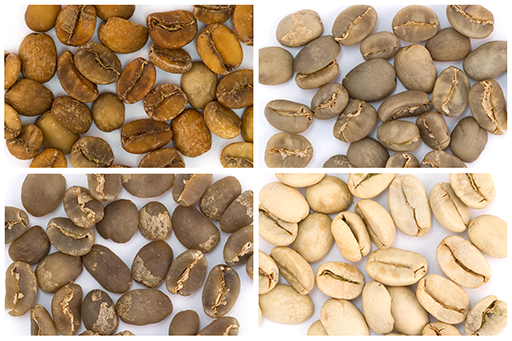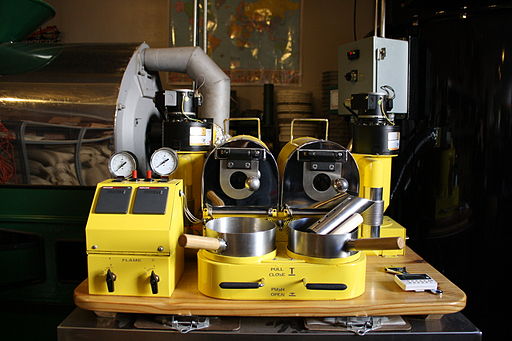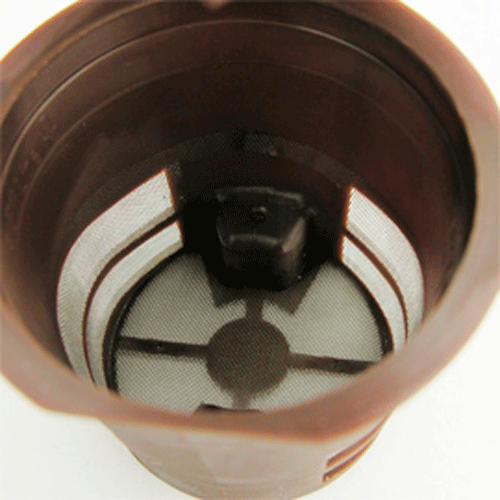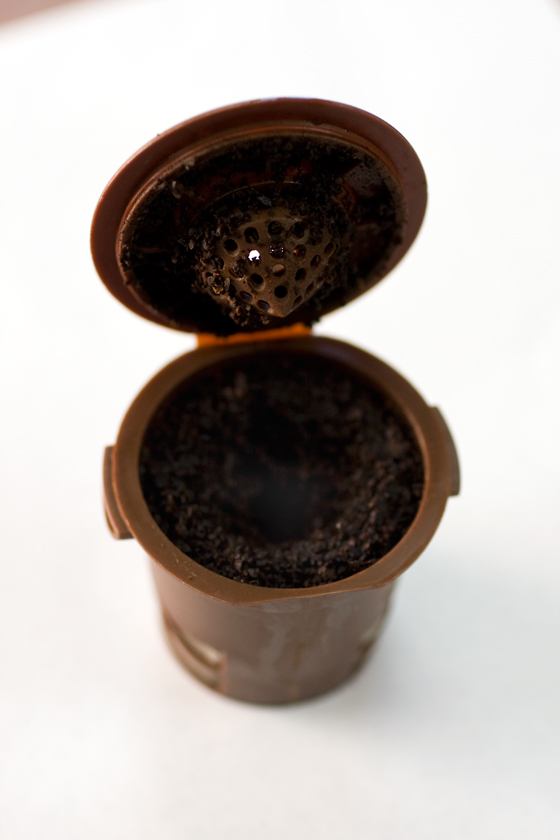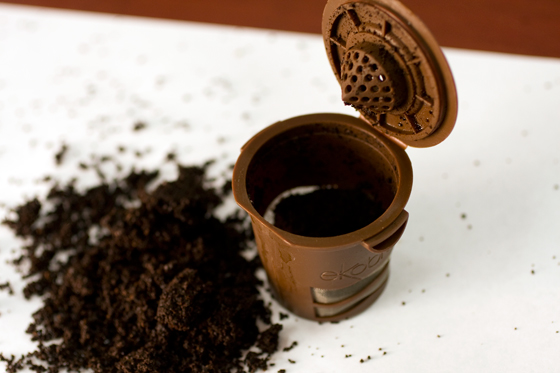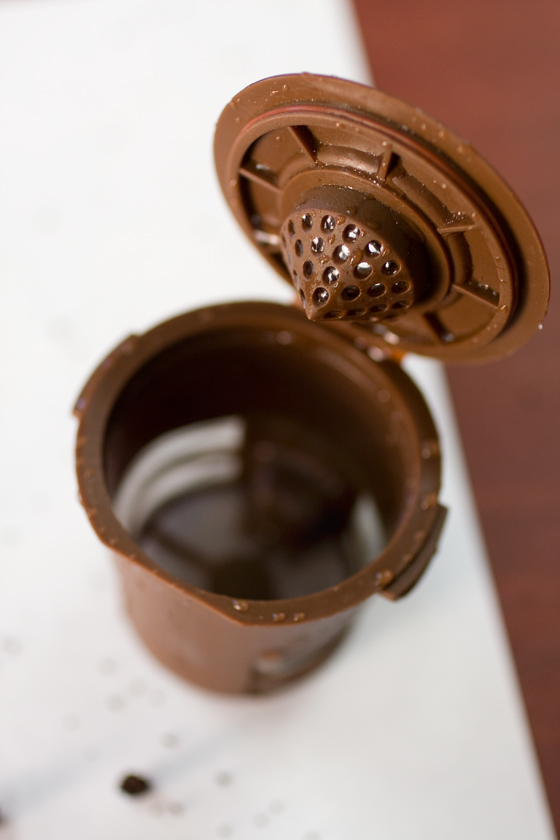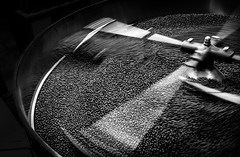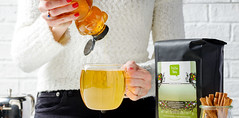Get to Know Green Coffee
Monday, September 9th, 2013 by Andrew
There’s something new and exciting happening here at Coffee Bean Direct: a new sister site, greencoffees.com. Perhaps you’ve noticed the new tab at the top of our home-page, or the link on the menu. Or our newsletter announcement and Facebook posts. Or perhaps you’re ignoring all that because what is green coffee anyway? Who is it for? Why would I bother with roasting at home? There are many reasons to give roasting a try and many, very accessible, ways to do it — see our DIY Guide for more on that. But first, we know there’s some confusion out there about green coffee, so let’s clear up a few misperceptions:
Green coffee is unripe coffee
Green can mean a lot of things, but in this context “green” refers to the color of the raw bean before roasting. Unlike a banana, green coffee is not unripe, just uncooked and bursting with potential. Raw coffee is greenish gray, yellow, or brown, and is covered with papery “chaff,” or skin. This burns off during the roasting process, as moisture is lost and sugars caramelize, producing the coffee color we know and love.
Clockwise from top left: Decaf Colombian, Sulawesi Kalossi, Indian Monsooned Malabar, and Sumatra Mandheling.
Green coffee is like green tea, with a delicious flavor all its own
We sell green coffee for roasting, not for consumption as-is. Unroasted beans are hard as a rock. Literally. If you’re familiar with the Moh’s scale of mineral hardness, it’s about a 5, somewhere between Apatite and Feldspar (we did the test, because you asked). Pulverization might be possible, but your home grinder is not up to that task, and neither is ours. Even if you were somehow able to brew it, it would probably taste horrendously bitter. Roasting lowers acidity, releases aromatic compounds responsible for deliciousness, and is an all-around wonderful thing.
Home roasting requires something like this in my basement
Like coffee brewing, coffee roasting equipment ranges from simple to high-tech. Fancy gadgets don’t necessarily produce a better end result — every method has its fans. Coffee beans have been roasted in a skillet, baking sheet, Dutch oven, popcorn popper, on a grill, etc. Heat and agitation are the main requirements. Chances are you already have what you need in your kitchen to give it a try.
Roasting is for coffee snobs
Roasting is for people who like fresh coffee. It’s easy to be a coffee lover without knowing much about what you’re drinking — many blends have names that reveal little about their ingredients (Breakfast Blend, Evening Fantasy, etc.). Home roasting is a great way to start exploring and discovering what you like. Flavor is partly the product of geography, and experimenting with single-origin coffees is a great place to begin. Starting with unroasted coffee allows you to experience how flavor develops as the roast progresses. You’ll gain an understanding of how each variable affects flavor, and how to produce the cup you want.
I don’t drink enough coffee to roast at home
If you can’t accommodate 50-lb burlap sacks in your kitchen, you should know that we also sell green coffee in 1-lb, 5-lb, and 25-lb bags. Unroasted coffee is less expensive per pound than roasted, and it has a shelf life of more than a year, as opposed to roasted coffee which, stored well, loses flavor after a few months. If you have the space for a larger bag, you can take advantage of bulk savings without worrying about your stockpile going to waste. Roast only what you need. Chances are, your home set-up will only be able to accommodate small batches anyway.
Coffee Bean Direct offers an abundance of affordable, fresh-roasted, coffee. The hard work of discovering the best blends and roast levels for each bean has already been done. I can’t improve upon perfection.
Perhaps once you’ve failed miserably at home roasting, you will forever appreciate just how amazing our roasted coffee is. But that’s not our objective. When it comes to roasting and blending, we know that what we offer is just the beginning. Like Liz, who keeps our office tremblingly productive with countless pots of coffee each day, you can get as creative as you want with blends like Yenya Rican (Yemen, Kenya, and Costa Rican) or Papua Guatzil (Papua New Guinea, Guatemalan, and Brazil). Some are hits, some are misses, but our palates are never bored and we’re wide awake.
New to roasting? Send us your questions or success stories!
There’s something new and exciting happening here at Coffee Bean Direct: a new sister site, greencoffees.com. Perhaps you’ve noticed the new tab at the top of our home-page, or the link on the menu. Or our newsletter announcement and Facebook posts. Or perhaps you’re ignoring all that because what is green coffee anyway? Who is it for? Why would I bother with roasting at home? There are many reasons to give roasting a try and many, very accessible, ways to do it — see our DIY Guide for more on that. But first, we know there’s some confusion out there about green coffee, so let’s clear up a few misperceptions:
Green coffee is unripe coffee
Green can mean a lot of things, but in this context “green” refers to the color of the raw bean before roasting. Unlike a banana, green coffee is not unripe, just uncooked and bursting with potential. Raw coffee is greenish gray, yellow, or brown, and is covered with papery “chaff,” or skin. This burns off during the roasting process, as moisture is lost and sugars caramelize, producing the coffee color we know and love.
Clockwise from top left: Decaf Colombian, Sulawesi Kalossi, Indian Monsooned Malabar, and Sumatra Mandheling.
Green coffee is like green tea, with a delicious flavor all its own
We sell green coffee for roasting, not for consumption as-is. Unroasted beans are hard as a rock. Literally. If you’re familiar with the Moh’s scale of mineral hardness, it’s about a 5, somewhere between Apatite and Feldspar (we did the test, because you asked). Pulverization might be possible, but your home grinder is not up to that task, and neither is ours. Even if you were somehow able to brew it, it would probably taste horrendously bitter. Roasting lowers acidity, releases aromatic compounds responsible for deliciousness, and is an all-around wonderful thing.
Home roasting requires something like this in my basement
Like coffee brewing, coffee roasting equipment ranges from simple to high-tech. Fancy gadgets don’t necessarily produce a better end result — every method has its fans. Coffee beans have been roasted in a skillet, baking sheet, Dutch oven, popcorn popper, on a grill, etc. Heat and agitation are the main requirements. Chances are you already have what you need in your kitchen to give it a try.
Roasting is for coffee snobs
Roasting is for people who like fresh coffee. It’s easy to be a coffee lover without knowing much about what you’re drinking — many blends have names that reveal little about their ingredients (Breakfast Blend, Evening Fantasy, etc.). Home roasting is a great way to start exploring and discovering what you like. Flavor is partly the product of geography, and experimenting with single-origin coffees is a great place to begin. Starting with unroasted coffee allows you to experience how flavor develops as the roast progresses. You’ll gain an understanding of how each variable affects flavor, and how to produce the cup you want.
I don’t drink enough coffee to roast at home
If you can’t accommodate 50-lb burlap sacks in your kitchen, you should know that we also sell green coffee in 1-lb, 5-lb, and 25-lb bags. Unroasted coffee is less expensive per pound than roasted, and it has a shelf life of more than a year, as opposed to roasted coffee which, stored well, loses flavor after a few months. If you have the space for a larger bag, you can take advantage of bulk savings without worrying about your stockpile going to waste. Roast only what you need. Chances are, your home set-up will only be able to accommodate small batches anyway.
Coffee Bean Direct offers an abundance of affordable, fresh-roasted, coffee. The hard work of discovering the best blends and roast levels for each bean has already been done. I can’t improve upon perfection.
Perhaps once you’ve failed miserably at home roasting, you will forever appreciate just how amazing our roasted coffee is. But that’s not our objective. When it comes to roasting and blending, we know that what we offer is just the beginning. Like Liz, who keeps our office tremblingly productive with countless pots of coffee each day, you can get as creative as you want with blends like Yenya Rican (Yemen, Kenya, and Costa Rican) or Papua Guatzil (Papua New Guinea, Guatemalan, and Brazil). Some are hits, some are misses, but our palates are never bored and we’re wide awake.
New to roasting? Send us your questions or success stories!

